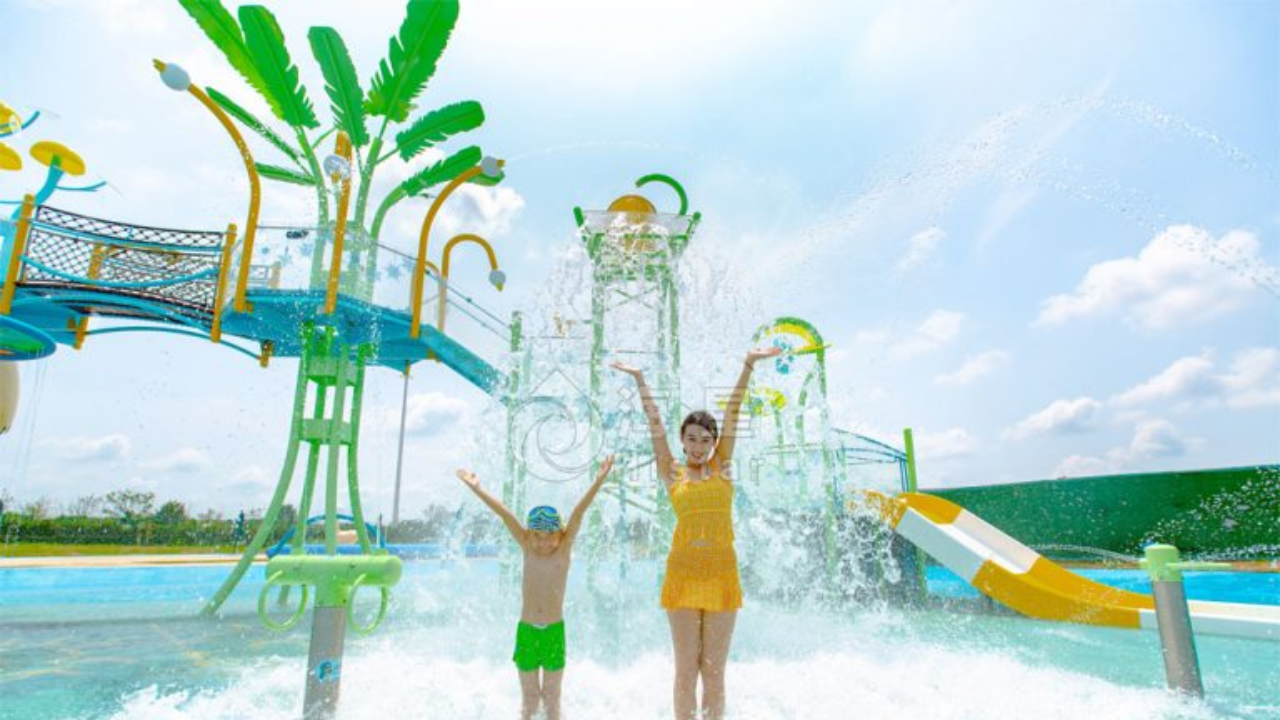These days, water parks have become a major attraction for families worldwide. They can draw large crowds and have a lot of business potential. However, a strategic approach to creating a water park that is both profitable and successful over the long term is essential. Detailed planning, creativity and stressing visitor experience and safety are vital to successful water park design. The core of this article consists of the fundamental steps in designing a water park that is built to last.
Preliminary planning and understanding the essentials
A successful water park begins with preliminary planning. The first step is picking a theme that the target audience will connect with. A theme allows the park to set the tone and provide a sense of uniqueness. Positioning in the market also has a crucial role to play. Knowing your target demographic and what they like is a must. Furthermore, the geographical location should also be meticulously thought through for accessibility and convenience of the customers. Everything is based on location. Therefore, the right spot is very important to attract visitors. It also includes preliminary planning and setting out clear goals for profitability. These goals will guide the design process, and the park will provide services and attractions that generate revenue.
Doing a Thorough Feasibility Study
A feasibility study is required before proceeding further. This study will also help assess whether the project can also be viable from the standpoint of technology as well as economics. This includes policy research to understand the local regulations and zoning laws that determine how the park will operate. Market analysis gives us a clearer picture of the potential demand that we can meet as well as the potential competition that may harm our ability to meet demand. The financial projections and risk analysis will detail any possible pitfalls and explain how much investment is needed in the first place. Knowing these factors early on helps prevent costly mistakes and planning for success in the long run.
Developing an Effective Master Plan
After establishing the feasibility of the project, a master plan would be developed. This plan includes a land use plan, building plan specification, and supporting facilities. Factors such as emergency exits, first aid stations, and crowd management areas should also be taken into consideration. At this stage, they should plan for the infrastructure of the park, including utilities like water or power. Also, accurately managing time is necessary in order to avoid delays in the construction process and time completion. The master plan is a road map that facilitates the construction and operation of the entire development process by making sure the right components are present in place for efficient construction and operation.
Layout and Theme Design For Maximum Impact
This is where the vision starts to form as a concept design. This stage defines the water park theme story, architectural style, and overall visual appeal. The park should be interactive so visitors naturally guide themselves through it. Those paths should fluidly lead from one thing to the next, resulting in a totally seamless experience. Always choose water attractions based on theme and target demographic. The design should be focused on a large variety of visitors, whether they are looking for slides that can be shared with family, extreme water rides, or simply relaxing areas. In addition to the areas outlined above to support operations once the park is running, the layout should also include commercial, service, and management areas to support operations.
Moving from Detailed Design to Actual Design
Concept design turns to scheme design as more of the finer details are added to make the park as unique as it can be. Here, interior and exterior decorations, landscaping, lighting and other components like safety features get planned very carefully. The park should be planned in such a way that each area of the park becomes memorable and enhances the visitor experience. Waterscape elements, landscaping and theatrescape elements should be integrated to complement the theme and help create the overall ambiance. Lighting and signage in the park need to be well thought out so that the park is not only visually appealing and interesting in the time but also functional and safe for visitors, particularly at night.
Finalizing Design for Construction and Operation
At the end of the design, all work is brought together, forming the construction drawings. During the bidding and construction phase, these detailed plans will be the guide to building. It should also make sure that all local regulations and construction standards are adhered to in the final review. At this point, the park can be adjusted so that it meets safety, operational, and aesthetic standards. Once started, it’s very important to keep a close watch to be sure the design vision is realized properly.
Conclusion
The process of creating lasting water park requires careful planning. From initial planning and feasibility studies to the final drawings, each step is important to the project success. Offering a unique, memorable experience for visitors, with attention to safety as well as operational efficiency, is the key to long-term profitability. With proper execution of these basic steps and with a creative detailed design done, investors can build a water park that generates the kind of visitors as well as sustain its success for years to come.


